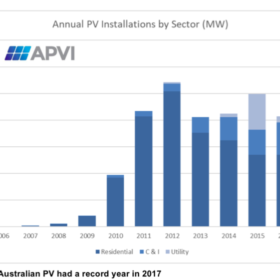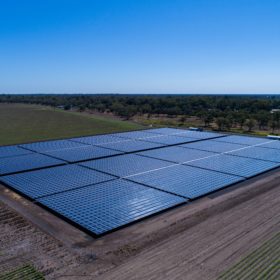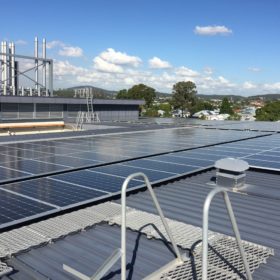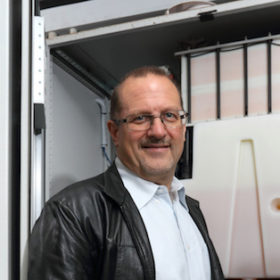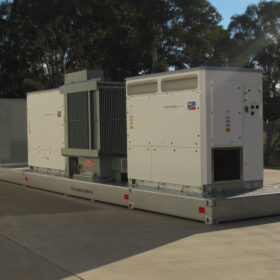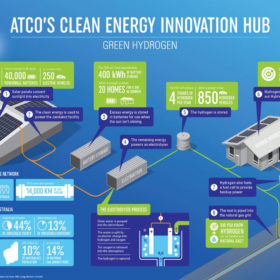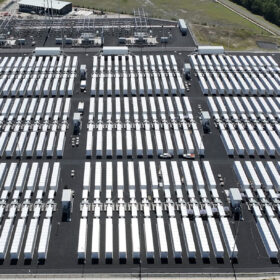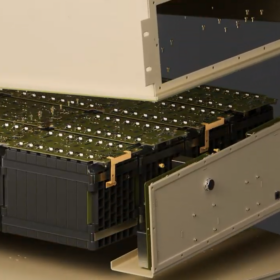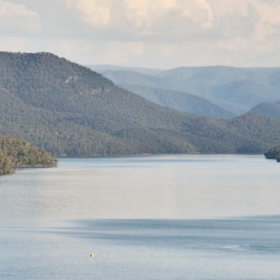APVI: PV sails past 7 GW – 2017 installation record set to be smashed
The extent of the rapid growth underway in the Australian PV market has been laid out in the latest report by the APVI. Pointing to 2018 representing “another record year for Australian PV” the outstanding growth of the utility scale segment is a particular highlight – with 1.1 GW commissioned and 1.9 GW under development.
Two major projects in NSW ready to commence construction
Construction works are expected to start soon on two utility-scale solar PV project in New South Wales with a combined capacity of more than 460 MW, as confirmed by German-based Belectric, which will handle the EPC and O&M duties on both sites.
ACCC recommends abolishing SRES by 2021
In a wide ranging report released on Tuesday, the Australian Competition and Consumer Commission (ACCC) has recommended scrapping the Small-scale Renewable Energy Scheme (SRES) – which provides a sizeable capital subsidy to small scale rooftop PV. The Smart Energy Council has criticised the proposal and called for the Federal Government to “rule out abolishing the SRES.”
More than 200,000 sub-100kW systems set to be installed in 2018
This year, more than 200,000 small-scale solar systems are set to be installed in Australia. The extraordinary expansion in rooftop solar deployment has been revealed in the latest figures from Green Energy Markets, which points to more than 1.4 GW of sub-100kW PV being added throughout the year.
Redflow supplies $1.6 million Fiji order with Thai-produced batteries
Brisbane-based redox-flow supplier Redflow has begun shipping batteries from its new Thai manufacturing facility to Fiji, under a $1.6 million telecommunications supply deal. The batteries will be deployed by New Zealand’s Hitech Solutions to power Fiji’s new digital television network over the next six months.
Distributed energy storage standards project launched
DNV GL, Deakin University, the CSIRO, and the Smart Energy Council have come together to collaborate on a two-year project to develop a new performance standard for distributed energy storage systems. The work behind the proposed Australian Battery Performance Standard is being funded $1.9 million from ARENA and the Victoria state government.
SMA teams with Wilson Transformer Company, launches Australian central inverter solution
German inverter giant SMA has partnered with Melbourne’s Wilson Transformer Company (WTC) to develop a central inverter solution specifically for Australian utility scale projects. The new Power Skid will be assembled in Australia, with WTC providing the medium and low voltage switchgear – among other componentry.
UK’s largest solar investor sets up shop in Victoria
Octopus, the largest investor in utility scale solar in the UK has established an office in Melbourne, saying the “fundamental shift from fossil fuels to renewables” in the “rapidly evolving [Australian] market is already underway.
Solar and battery hydrogen innovation hub to be built in Western Australia
Canadian-owned gas network operator ATCO is developing a micro grid at its Jandakot facility, which will use solar power to produce hydrogen fuel. The Australian Renewable Energy Agency has committed $1.5 million to the project.
CEFC commits $35 million to smart meter technology
The Clean Energy Finance Corporation (CEFC) has completed its first smart meter technology financing, backing the expansion of intelliHUB, a joint venture between private equity investment firm Pacific Equity Partners and smart meter manufacturer Landis+Gyr.
